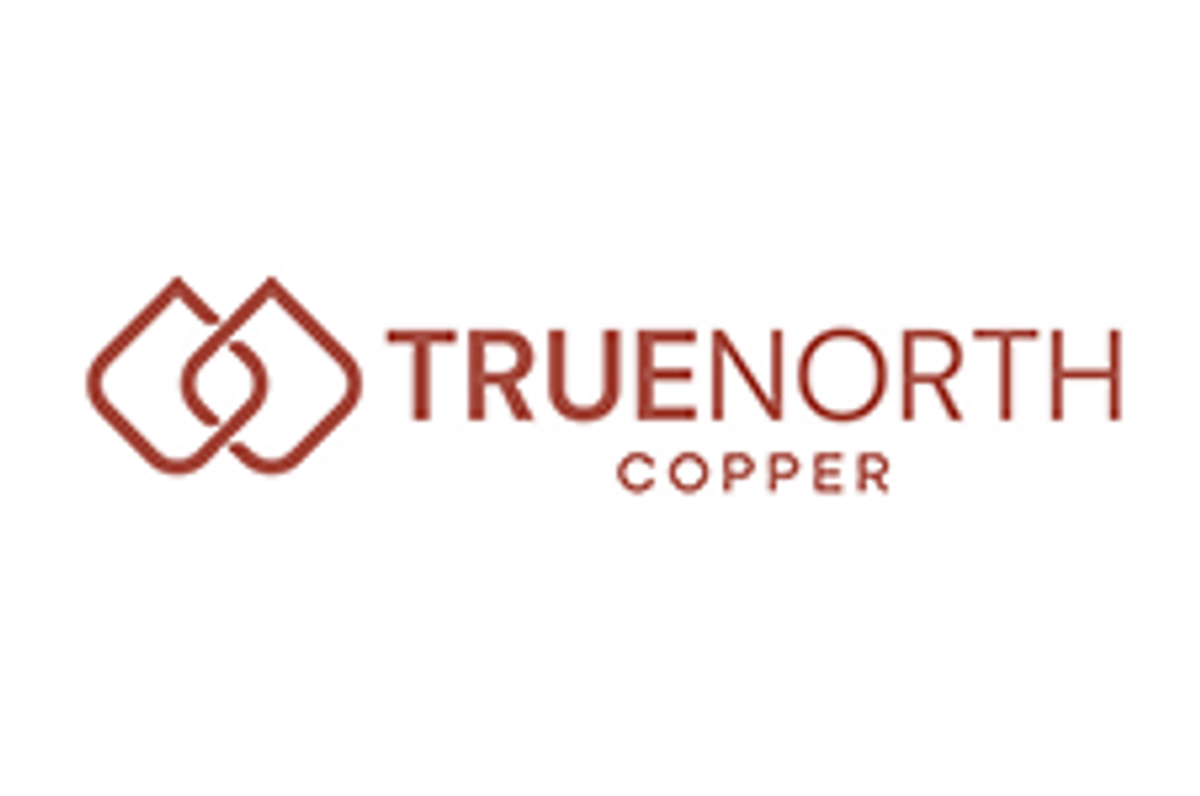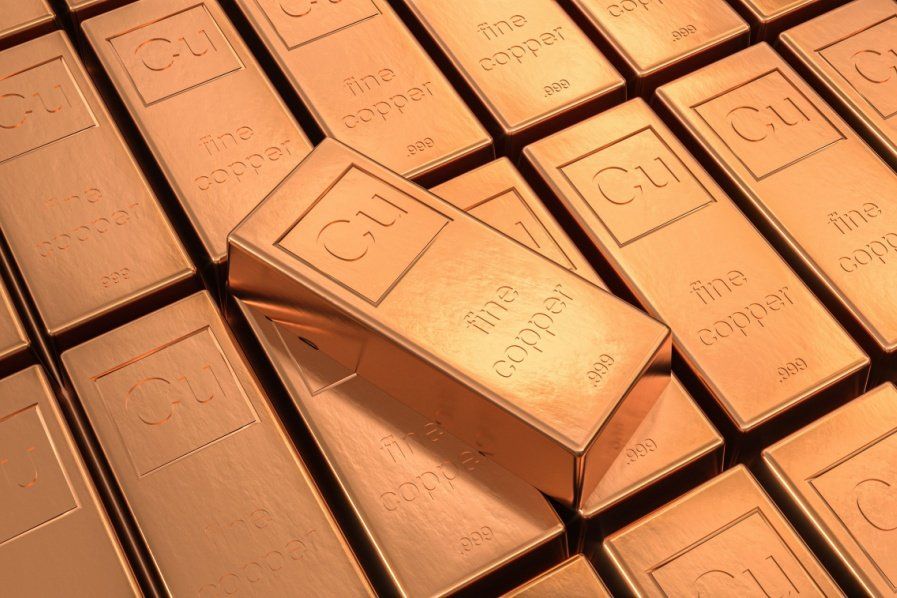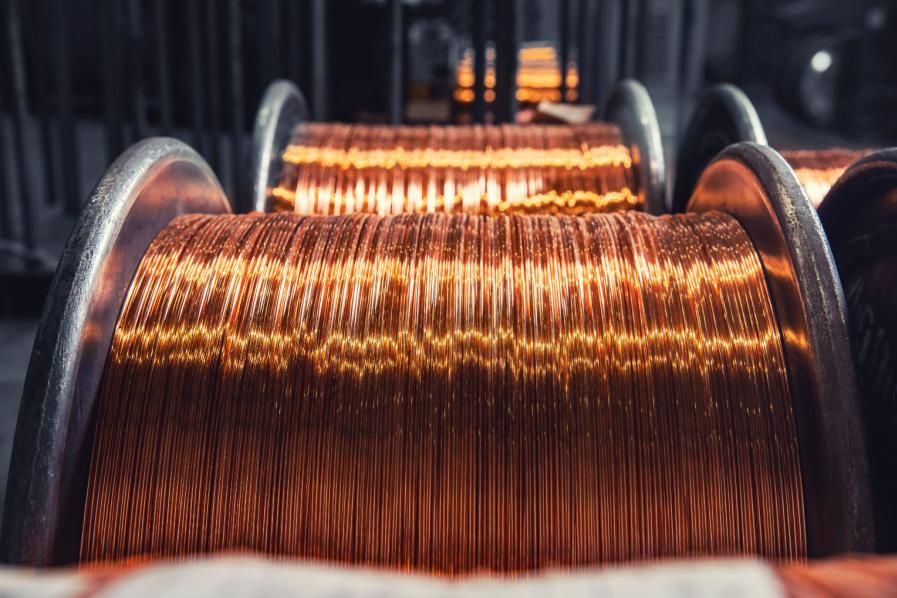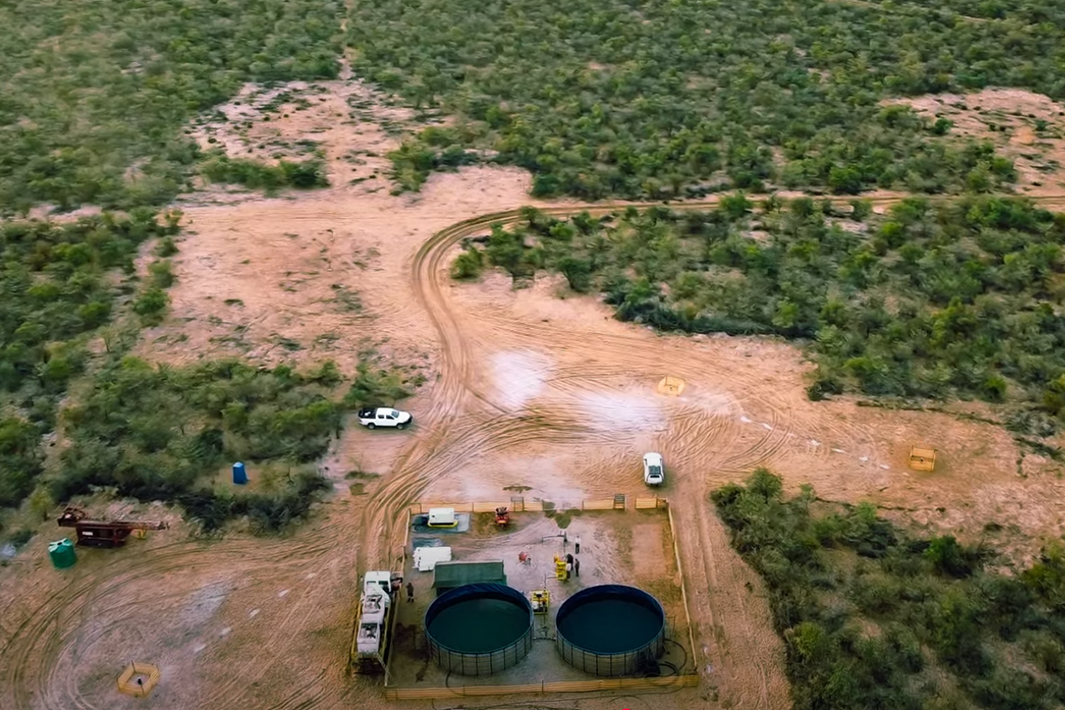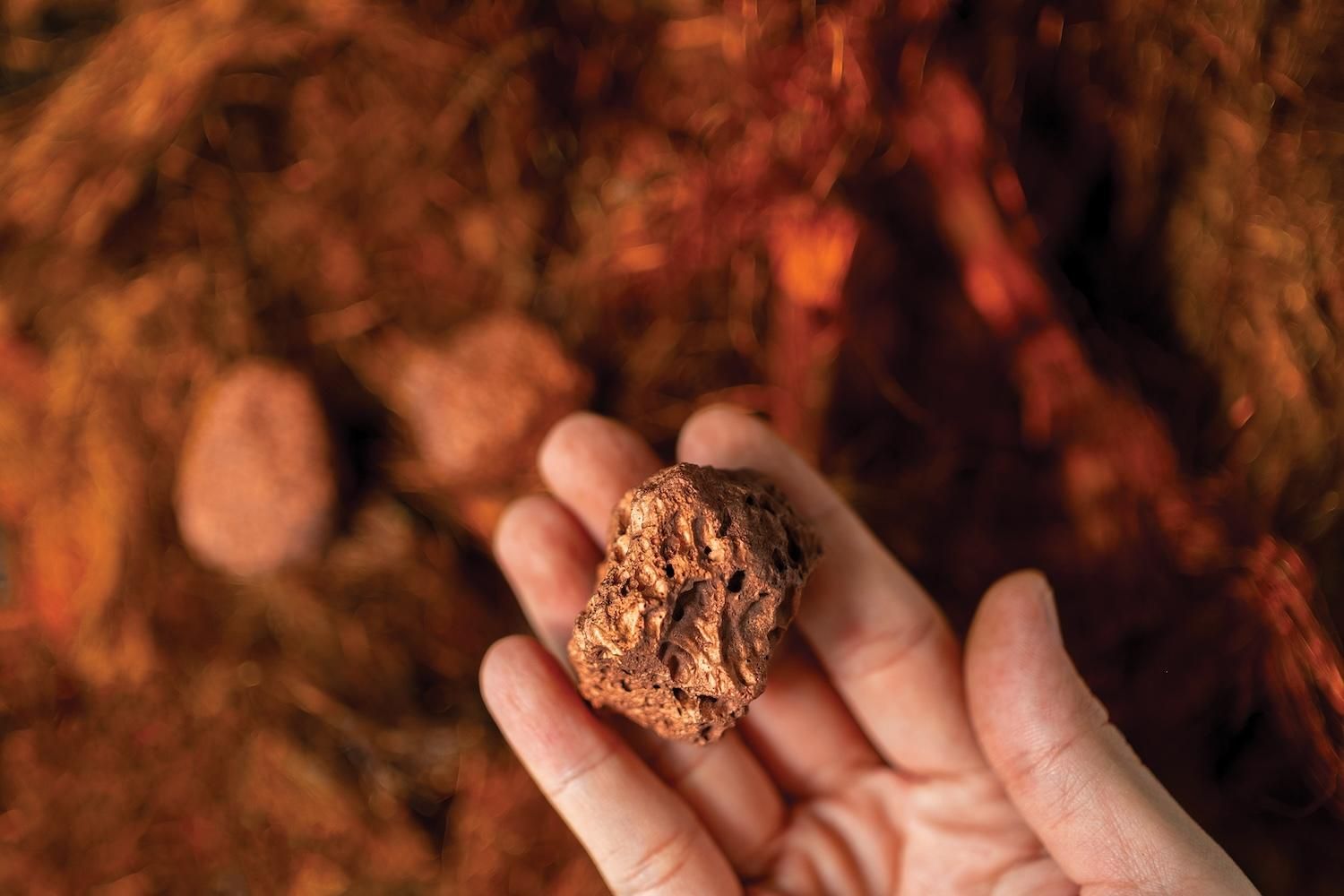
- WORLD EDITIONAustraliaNorth AmericaWorld
February 06, 2024
True North Copper Limited (ASX:TNC) (True North, TNC or the Company) is pleased to announce it has now met all Tranche 1 conditions precedent of the senior secured loan facility (Loan Facility) with Nebari Natural Resources Credit Fund II LP (Nebari)1.
Key details of the Tranche 1 funding include1:
- Drawdown of Tranche 1 of the Loan Facility, which is USD18 million, is scheduled for this Friday, 9 February 2024.
- As a part of the Tranche 1 facility the following will be replaced and repaid, with settlement agreed between all relevant parties for Friday, 9 February 2024:
- Cloncurry Rehabilitation Bond: approximately A$13.47 million to be held on term deposit paying approximately 5% per annum interest, with bank guarantees to be issued to satisfy the Company’s obligations with respect to rehabilitation bonding requirements; and
- Dyda Property Management short term working capital loan: approximately A$5.32 million repaid in full.
- Settlement is managed by TNC’s legal representation across this matter, which includes law firms Holding Redlich & Steinepreis Paganin.
Please refer to TNC ASX Announcement, 31 January 2024 TNC secures A$42million funding for full details of the Loan Facility and its terms.
COMMENT
True North Copper’s Managing Director, Marty Costello said:
We have now met all conditions precedent associated with Tranche 1 of our loan facility with Nebari. This achievement clears the way for the first drawdown of USD18 million, which is scheduled for this Friday, 9 February 2024.
We are looking forward to partnering with Nebari as we bring our Cloncurry Copper Project into production.
We are incredibly proud to be working alongside international top-tier funding partners like Nebari and Tembo Capital and our toll processing and offtake partner Glencore International AG, who are all global leaders in their field. Their expertise and support have been crucial in our development and demonstrate what I believe is a strong vote of confidence in our Cloncurry Copper Project and its potential.
We’re excited about restarting mining at the Cloncurry Copper Project, at a juncture when the global market is facing a looming copper supply gap.
Click here for the full ASX Release
This article includes content from True North Copper, licensed for the purpose of publishing on Investing News Australia. This article does not constitute financial product advice. It is your responsibility to perform proper due diligence before acting upon any information provided here. Please refer to our full disclaimer here.
TNC:AU
The Conversation (0)
11 October 2024
True North Copper
On the path to becoming Australia’s next responsible copper producer
On the path to becoming Australia’s next responsible copper producer Keep Reading...
17 December
Nine Mile Metals Announces Certified High-Grade Assay Results up to 15.21% Copper from the Wedge Project, Bathurst, New Brunswick
Nine Mile Metals LTD. (CSE: NINE,OTC:VMSXF) (OTC Pink: VMSXF) (FSE: KQ9) (the "Company" or "Nine Mile") is pleased to announce Certified Assay results for volcanogenic massive sulphide (VMS) mineralization collected from the pre-drill area on the Wedge VMS Project, in the world-famous Bathurst... Keep Reading...
16 December
Top 5 Copper News Stories of 2025
Copper prices surged to unprecedented levels in 2025, hitting all-time highs. Tight supply played a key role, along with solid demand tied to electrification and the shift to cleaner energy.The red metal's big moves came alongside gains in precious metals, highlighting an unusual year in which... Keep Reading...
16 December
Canadian Approval Pushes Teck, Anglo Closer to Creating US$53 Billion Miner
Canada has approved the merger of Teck Resources (TSX:TECK.A,TECK.B,NYSE:TECK) and Anglo American (LSE:AAL,OTCQX:AAUKF), clearing a major regulatory hurdle for the creation of a new global mining heavyweight worth over US$53 billion.Teck and Anglo American said they received approval under the... Keep Reading...
15 December
Top 5 Junior Copper Stocks on the TSXV in 2025
Junior copper stocks are seeing significant support from the copper supply/demand story in 2025 as companies work to make the next big discovery of the red metal. Supply and demand continue to tighten as usage steadily grows and miners face significant disruptions. Copper prices were elevated... Keep Reading...
15 December
Low-impact, High-reward ISR Copper Extraction Gains Investment Momentum
In the delicate balancing act between meeting the rising global demand for critical minerals and ensuring environmental responsibility in resource extraction, processes and technologies that can achieve both aims are winning in the eyes of junior explorers and investors.In copper mining, in-situ... Keep Reading...
12 December
PPC, Lundin Freeze 2026 Processing Fees as Smelters Near Breaking Point
Japan’s largest copper smelter has secured a rare reprieve in one of the tightest processing-fee environments the industry has ever seen.According to media reports, Pan Pacific Copper has agreed with Lundin Mining (TSX:LUN,OTC Pink:LUNMF) to roll over treatment and refining charges for 2026... Keep Reading...
Latest News
Interactive Chart
Latest Press Releases
Related News
TOP STOCKS
American Battery4.030.24
Aion Therapeutic0.10-0.01
Cybin Corp2.140.00
